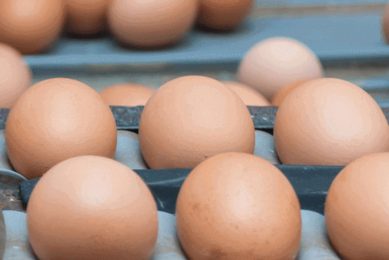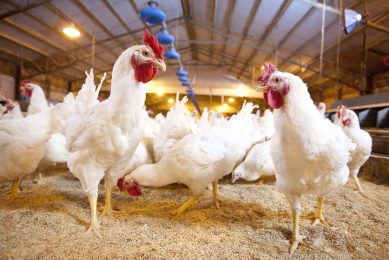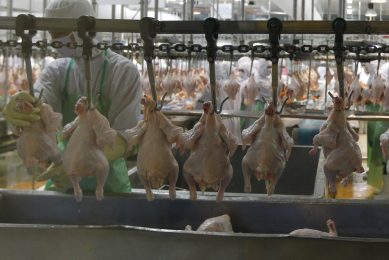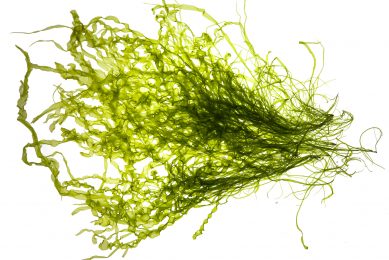PSA: Poor harvest may alter nutritional quality of corn
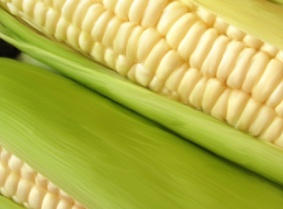
Last year produced a bumper corn crop, but wet conditions during part of the growing season and harvest may have impacted its overall nutritional value, according to the Poultry Science Association.
In addition, nutritionists who rely on bushel weight as a prime factor for assessing quality may be missing an important part of the quality-evaluation picture, said the Poultry Science Association (PSA).
“Adverse growing conditions and the potential for reduced bushel weight are one component of the corn quality equation. Unfortunately, determining a precise relationship between variability in bushel weight and the nutritional value of corn is problematic,” said Dr. Mike Lilburn, a poultry nutritionist in the Ohio State University’s Department of Animal Sciences.
In a given harvest year, the presence of poor growing conditions is often reflected in variations in the bushel weight or test weight of corn. A common measure used for pricing purposes, bushel weight represents a composite of factors affecting bulk density and assumed quality of the grain. The standard bushel weight for No. 2 Yellow corn is 56 pounds per bushel, but for years like 2009, with significant variability in the growing season, much of the corn coming out of the field may be well below this industry standard. Drying the corn, a process that takes place after harvest, can increase bushel weight, but the drying process may have other effects on the overall feeding value of the crop.
According to Dr. Lilburn, nutritionists have long been aware of the variability in commodity grains and use routine analytical testing (moisture, fat, protein, etc.) to adjust their nutrient matrix values accordingly. These analytical tests, however, do not reflect what nutritional value the animal actually derives from a particular ingredient. This is particularly the case, says Lilburn, for the energy content of grains, like corn.
Impact of drying temperatures
Corn harvested with above average moisture content may require more extensive drying prior to storage. According to Dr. Lilburn, the drying conditions, particularly the drying temperature, may contribute to quality issues.
Dr. Lilburn cited a 1975 study (Peplinski et al, Cereal Foods World) showing that widely different drying temperatures had little impact on the chemical composition of corn samples but did have considerable impact on many of the physical characteristics of interest to corn end users, such as bushel weight, kernel damage, kernel breakage, stress crack formation, etc. The study concluded that optimal harvest moisture should be < 25% with drying temperatures less than 180F (82C) to minimise this type of physical damage to the grain.
High drying temperatures may also cause nutritional damage to corn. Peplinski et al. (1994, Cereal Chem.) took corn samples from 30% to 12% moisture using temperatures ranging from 25-100C. At the lower temperature, the drying took 38 hours while at 100C, it only took one hour. Dr. Lilburn cited a 2009 study by Malumba et al. (J. Food Engineering) which reported that the extractability of individual proteins from corn was greatly reduced for corn dried at 80C and higher, indicating a potential decline in the nutritional value of the grain even though its gross chemical composition remained unchanged.
“Buyers should be on the lookout for corn coming in with moisture levels lower than they typically see, as this may be an indication that corn was dried down quickly at higher than normal temperatures,” said Dr. Lilburn.
The possible need of the corn producer to quickly dry his or her crop will be controlled by yield and weather conditions at harvest, but there may be an inherent tradeoff with the final quality of the grain. Drying conditions are something that buyers should be aware of and take into account whenever possible.




